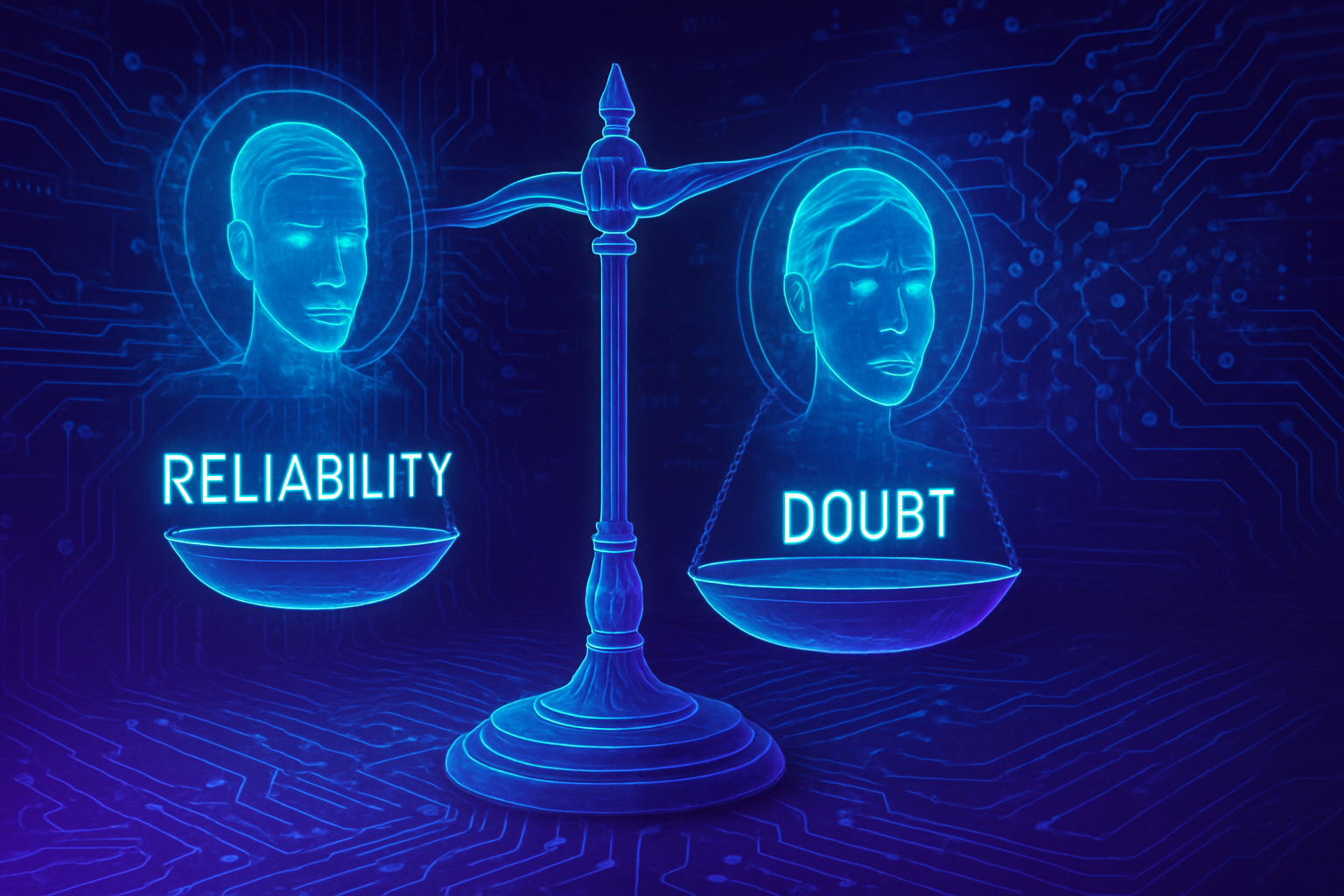The reliability of detectors for content generated by artificial intelligence raises serious concerns. With the rise of tools like ChatGPT, the fear of academic cheating amplifies. _Teachers are questioning the authenticity of submitted work._ In the face of this drift, detection tools appear as reference points, but their effectiveness remains disputed. _Can we really trust these systems?_ The complexity of human writings, often imitable by a machine, raises crucial questions. _False positives and the limitations of algorithms exacerbate doubts._ These issues redefine our perception of intellectual integrity in the digital age.
Understanding AI Detectors
Detectors for content generated by artificial intelligence (AI) do not possess magical characteristics for precise discernment. These tools provide an estimated percentage regarding the likelihood that a text is written by an AI, based on linguistic models. The algorithms analyze the syntactic and stylistic structures of the text to detect similarities with works produced by tools like ChatGPT.
These detectors primarily exploit databases and models learned from diverse corpuses. The lack of complete accuracy in their predictions raises concerns about their reliability. AI, by nature, aims to predict words based on a given context, sometimes making it difficult to identify human writings.
Use of Detection Tools
Statistics reveal that a growing percentage of young people, notably between 16 and 25 years old, use AI for their studies. According to a study by Diplomeo, 78% of young people resort to AI, and among them, an impressive 35% write all or part of their assignments using these tools. This phenomenon generates fears among teachers, who worry that these technologies might replace the authenticity of academic work.
Detection tools thus become essential for countering cheating. However, their effectiveness in validating the origins of content remains questionable, revealing cases where human writings may be wrongly identified as produced by an AI.
Limitations of AI Detectors
The answer regarding the trust placed in these detectors is mixed. So-called “false positive” errors persist, where texts written manually are sometimes associated with AI creations. These situations frequently occur when the text follows formatted structures, such as introductions or summaries. Such constructions create similarities, making confusion about their origin possible.
News articles, lists, or even academic works often written uniformly are subject to these errors. The detectors, carried away by their probabilistic logic, risk interpreting these narratives as being written by artificial intelligence, misleading teachers and evaluators.
Implications for the Educational Environment
In the educational environment, the use of these detectors poses a major problem. Teachers find themselves confronted with a dilemma: how to establish the authenticity of a submitted assignment? The risks of sanctions for students whose work is suspect increase, but without tangible proof of fraud, the educational framework appears vulnerable to arbitrary decisions.
Evaluating school work could become a slippery slope, where a simple lack of stylistic complexity might be misinterpreted. A clear and logical sentence like “Our parents are waiting in front of the gym for us to come out of our sports session” is likely to be considered AI-generated. In contrast, more nuanced constructions prove less predictable and thus less attributable to a machine.
Future Perspectives
The issue of the reliability of AI detectors remains open. As these tools continue to evolve, their ability to distinguish between human content and that generated by an AI must be scrutinized. The ethical issues that arise are significant, especially in a context where human creativity and the use of AI increasingly intersect.
To better understand this dynamic, several articles explore similar issues. For instance, the discovery of deepfakes thus links to increased challenges in detection. Other analyses discuss the distinction between plagiarism and original content, further reinforcing the need for in-depth reflection on the authenticity of works created in the digital age.
Frequently Asked Questions
1. What are the main drawbacks of AI detectors?
AI detectors can lead to false positives, meaning texts written by humans are sometimes identified as generated by artificial intelligence. Moreover, their reliability varies depending on the complexity of the text and the linguistic structures used.
2. How do AI detectors actually work?
These tools use language models to analyze texts. They assess the probability that the content was generated by artificial intelligence by searching for matches with known samples of AI writing.
3. Can a high percentage of results from an AI detector be considered proof of AI generation?
No, the percentage provided by detectors is an estimate and should not be interpreted as definitive proof. It merely reflects the probability based on linguistic criteria.
4. What difficulties do AI detectors encounter in distinguishing texts?
These tools may struggle with texts that follow codified structures, such as introductions or conclusions, which can lead to incorrect classifications.
5. Can AI detectors evolve to improve their accuracy?
Yes, AI detectors continuously improve due to technological advancements and machine learning, but absolute reliability remains difficult to achieve.
6. What is the importance of the quality of human writing in this context?
Carefully written and less predictable writing reduces the likelihood that an AI detector will identify the text as generated by artificial intelligence, as grammar and style errors are mostly human.
7. Can we trust an AI detector for academic work?
Currently, it is risky to rely completely on these tools for academic work, as they only provide a probabilistic assessment and may misinterpret results.
8. How can teachers manage the issue of assignments written by AI?
It is recommended to adopt a mixed approach, using detectors while fostering evaluation methods that encourage creativity and originality in student work.






